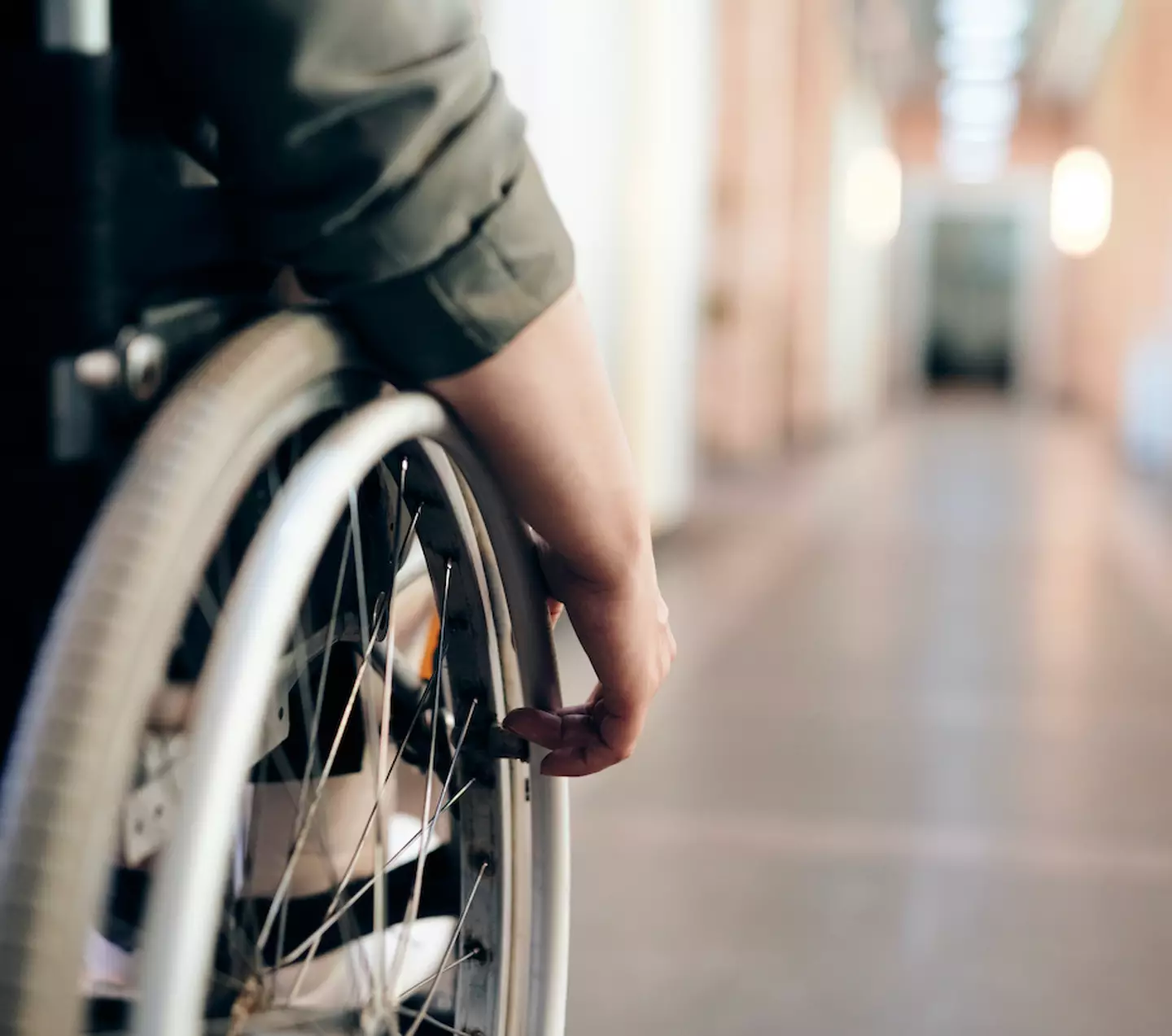
Sandra Bullock has sadly lost her partner of eight years, Bryan Randall, after he was diagnosed with ALS. But what exactly is ALS?
Randall's family announced his death on Monday (7 August), explaining that he passed away at the age of 57 after being diagnosed with ALS three years ago.
Standing for Amyotrophic Lateral Sclerosis, ALS is a nervous system disease which is sometimes also known as Lou Gehrig's disease, after a baseball player who was diagnosed with it.

Advert
ALS affects nerve cells in the brain and spinal cord, and as a result the disease causes loss of muscle control, which gets worse over time.
The exact cause of ALS is unknown, though in a small number of cases it has been determined to be inherited.
Unfortunately there is no cure for ALS, so when Randall was diagnosed three years ago he would have known he wouldn't get better. In spite of this, his family explained Randall decided early on to 'keep his journey with ALS private'.
Symptoms of the disease vary from person to person, and according to the Mayo Clinic it depends on which of their nerve cells are affected.
Advert
However, the health centre explains the disease often begins with muscle twitching and weakness in an arm or leg, trouble swallowing or slurred speech. Hands, feet, arms or legs are typically the first places that are affected.

Other noticeable symptoms may include trouble walking; tripping and falling; weakness in the legs, feet or ankles; hand weakness or clumsiness; slurred speech or trouble swallowing; weakness associated with muscle cramps and twitching in the arms, shoulders and tongue; untimely crying, laughing or yawning; or thinking or behavioural changes.
Over time, motor neurons degenerate and die and stop sending messages to the muscles, which causes them to weaken and waste away.
Advert
As the disease spreads, it affects control of the muscles we need to move, speak, eat and breathe.
However, while ALS may cause these kinds of issues, it's uncommon for the disease itself to cause pain or affect senses, including the ability to taste, smell, touch and hear.
It can be tough to diagnose in the early stages because its symptoms can resemble other diseases, but doctors can attempt to rule out other conditions through a variety of tests, including an MRI, blood tests or a muscle biopsy.

Advert
Eventually, those diagnosed with the disease will not be able to stand or walk, get in or out of bed on their own, or use their hands and arms.
After Randall's death, Sandra Bullock's sister praised the actor for being the 'best of caretakers' for her partner until his death.
Following diagnosis, most people with ALS die from respiratory failure usually within three to five years from when the symptoms first appear, according to the National Institute of Neurological Diseases and Stroke.
However, about 10 percent of people with ALS survive for a decade or more.
